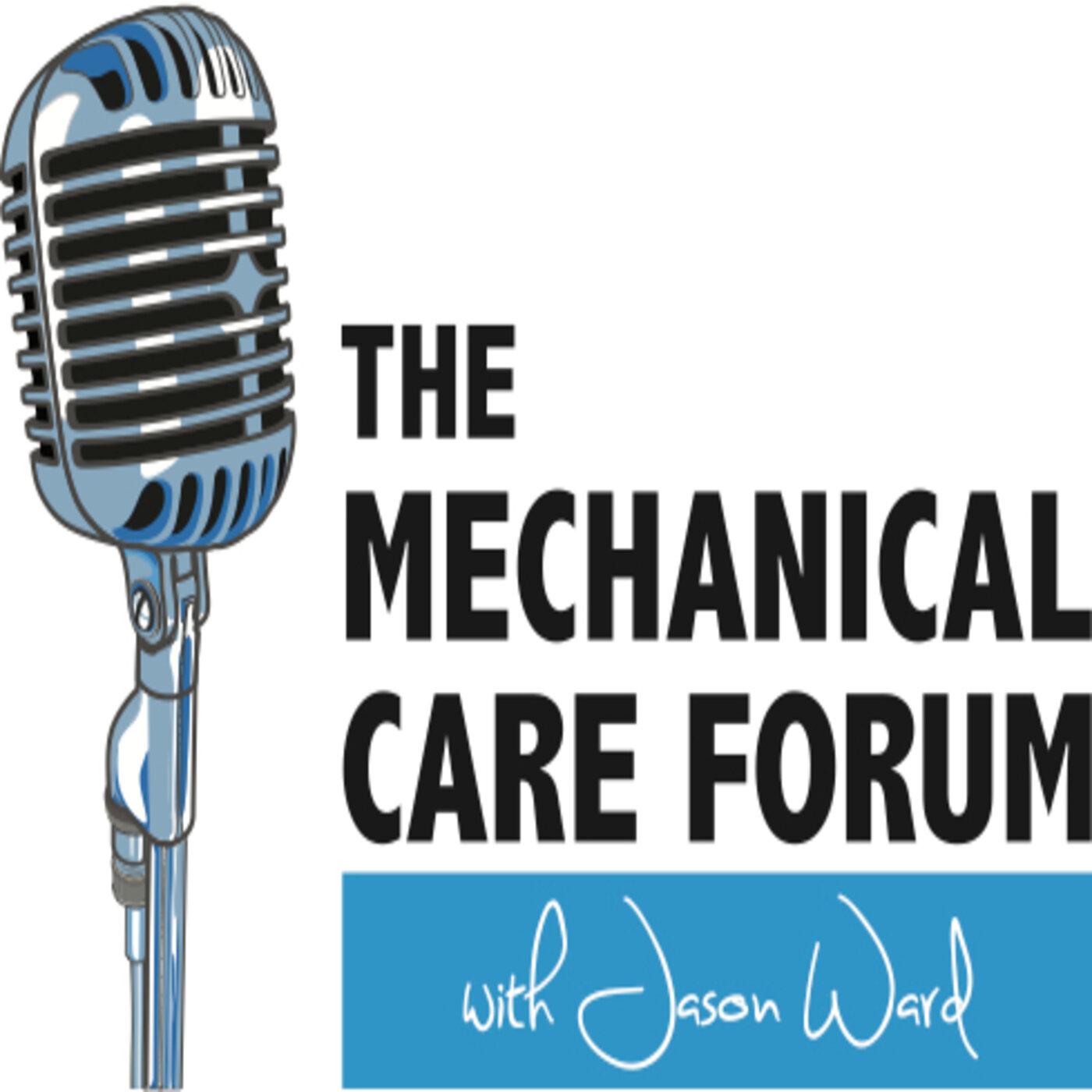In episode 3 of season 8 of Inside the Science we’re highlighting the study, “Diagnosing painful sacroiliac joints: A validity study of a McKenzie evaluation and sacroiliac provocation tests” with Dr. Mark Laslett. You’ll hear him share what was in the literature and why he and his coauthors had the opportunity to conduct this study, specifics on the procedure of clinical examination of the spine and SI joint, the injection process, the results, and what they mean from a clinical utility perspective for SI joint provocation tests, the clinical implications and big takeaways.
Season 8, Episode 2 with Mark Laslett: The Reliability of Selected Pain Provocation Tests for Sacroiliac Joint Pathology
In episode 2 of season 8 of Inside the Science we’re highlighting the study, “The Reliability of Selected Pain Provocation Tests for Sacroiliac Joint Pathology” with Dr. Mark Laslett. You’ll hear him share what prompted he and his co-author to conduct and write this paper, what was lacking in precise examination and diagnosis of the sacroiliac joint prior, exactly how this study was conducted and why, what six tests were found to be more reliable and by how much, the clinical implications and big takeaways.
Season 7, Episode 16 with Yannick Tousignant-Laflamme: Rehabilitation management of low back pain – it’s time to pull it all together!
In episode 16 of season 7 of Inside the Science we’re highlighting the study, “Improving consultations for persistent musculoskeletal low back pain in orthopaedic spine settings: an intervention development” with Dr. Yannick Tousignant-Laflamme. You’ll hear him share 5 domains of pain and disability, how these drivers of pain and disability of nociceptive pain, nervous system dysfunction, comorbidities, cognitive emotional, and contextual drivers appear, and what is useful to identify and with which to intervene needs of both the patients and the clinicians, what’s still uncertain due to the limitations of this study, the clinical implications and big takeaways.
Season 7, Episode 12 with Angela Cadogan: Diagnostic Accuracy of Clinical Examination and Imaging Findings for Identifying Subacromial Pain
In episode 12 of season 7 of Inside the Science we’re highlighting the study, “Diagnostic Accuracy of Clinical Examination and Imaging Findings for Identifying Subacromial Pain” with Angela Cadogan. You’ll hear her share the backstory to why she and her co-authors conducted the study, specifics important to understand regarding the methods, the key findings including what is correlated to a higher likelihood of subacromial impingement, how the loss of motion with particular directions of shoulder motion, how this impacts the popular discussion of whether impingement exists in the first place the clinical implications and big takeaways.
Season 6, Episode 13 with Lori Michener: Observational Scapular Dyskinesis: Known-Groups Validity in Patients With and Without Shoulder Pain
In episode 13 of season 6 of Inside the Science we’re highlighting the study, “Observational Scapular Dyskinesis: Known-Groups Validity in Patients With and Without Shoulder Pain” with Dr. Lori Michener. She explains specific on the methods, some limitations in the design, the conclusions she encourages the reader to takeaway related to scapular movement, how she’s use this study to educate her patients, additional clinical implications and big takeaways, the clinical implications and the big takeaways.
Season 6, Episode 12 with Joshua Zadro: Effect of diagnostic labelling on management intentions for non-specific low back pain: A randomized scenario-based experiment
In episode 12 of season 6 of Inside the Science, we’re highlighting the study, “Effect of diagnostic labeling on management intentions for non-specific low back pain: A randomized scenario-based experiment” with Dr. Joshua Zadro. He explains how this paper was similar and different than his label impact on shoulder patients paper highlighted in S6E11, any unexpected results, why the need for imaging was chosen as the primary outcome, and what patient-type might be more influenced baby the labels chosen as their diagnosis, the clinical implications, and the big takeaways.
Season 6, Episode 11 with Joshua Zadro: Diagnostic Labels for Rotator Cuff Disease Can Increase People’s Perceived Need for Shoulder Surgery
In episode 11 of season 6 of Inside the Science we’re highlighting the study, “Diagnostic Labels for Rotator Cuff Disease Can Increase People’s Perceived Need for Shoulder Surgery: An Online Randomized Controlled Trial” with Dr. Joshua Zadro. He explains the details on what was in the literature previously including the variability of terms used to label it, what prompted he and his coauthors to conduct and publish it, specifics on how these surveys were delivered, there important results found, the clinical implications and the big takeaways.
